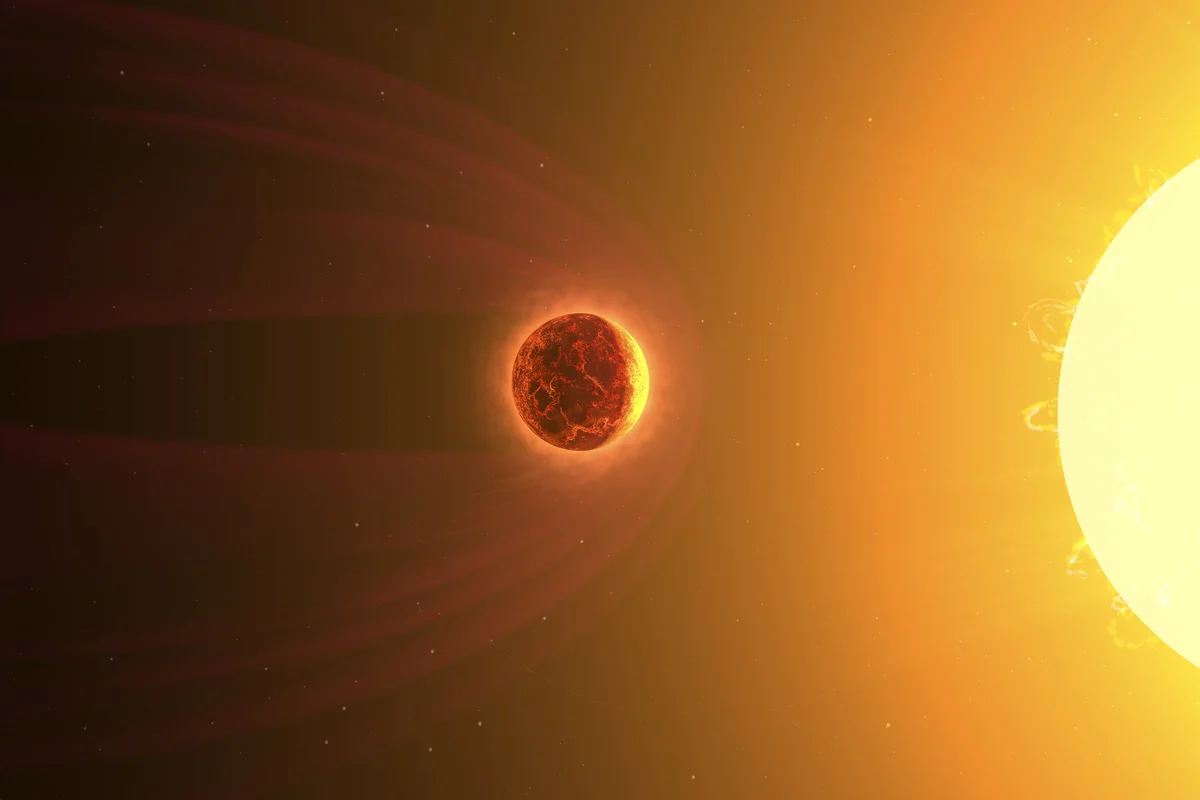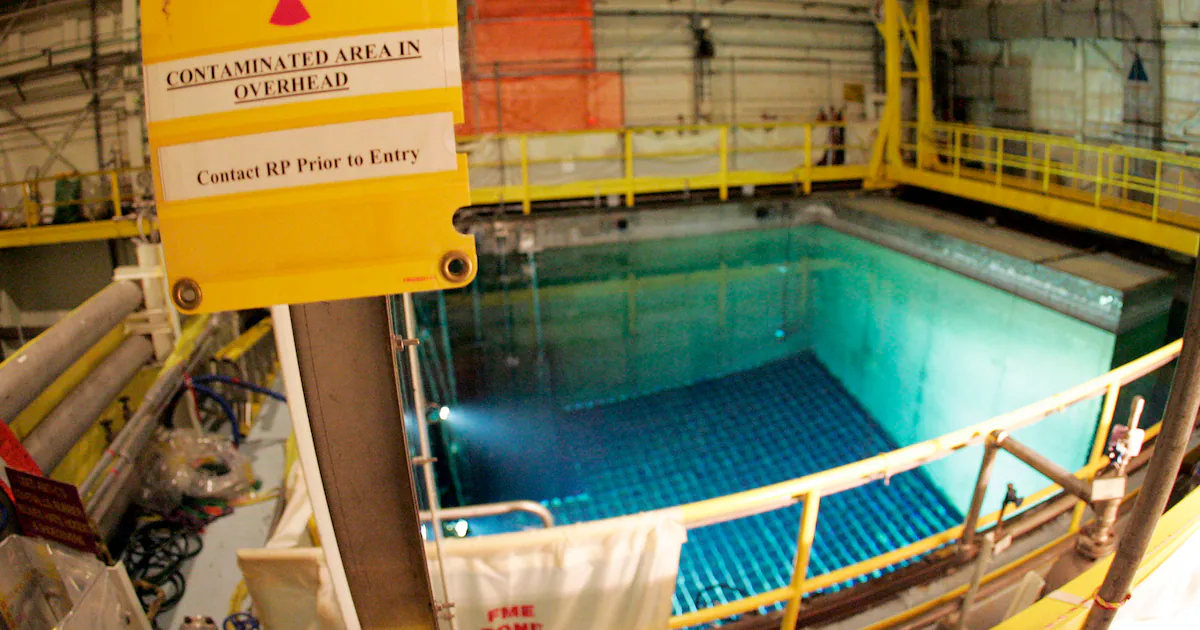
Astronomers found an atmosphere where they least expected it—clinging to an exoplanet that’s too small, too hot and too old to have air, at least in theory.
James Webb Space Telescope (JWST) observations of the blazing-hot lava planet TOI-561 b suggest not only that it has a thick atmosphere but also that it may have had one for billions of years. This is the strongest evidence yet for air around a hot rocky world that isn’t just a temporary veil of hydrogen and helium left over from planetary formation. The discovery, posted on the preprint server arXiv.org, will soon appear in the Astrophysical Journal Letters.
“It’s super old and ultrahot. It’s the worst conditions,” says the preprint study’s co-author Tim Lichtenberg, a planetary scientist at the University of Groningen in the Netherlands. “This should not have an atmosphere. And it has one.”
On supporting science journalism
If you’re enjoying this article, consider supporting our award-winning journalism by subscribing. By purchasing a subscription you are helping to ensure the future of impactful stories about the discoveries and ideas shaping our world today.
Planetary scientist Joshua Krissansen-Totton of the University of Washington, who wasn’t involved in the study, agrees. “It is definitely surprising and exciting to find a substantial atmosphere on this hot rocky planet,” he says.
In our solar system, atmospheres obey a simple rule: bigger, cooler worlds hold onto their air, and smaller, warmer ones don’t. But TOI-561 b weighs in at just two Earth masses and is very, very hot; the planet orbits so close to its orange dwarf star that its years last less than an Earth day, and its estimated temperature is a rock-melting 2,300 kelvins. TOI-561 b is also about twice as old as our solar system, so its sunblasted atmosphere would have had plenty of time to escape. But researchers suspected the planet might be more than a bare ball of magma because of its unusually low density. And scientists previously spotted air on a bigger hot super-Earth called 55 Cancri e, though the data were “messy and weird,” Krissansen-Totton says.
To check for alien air, the research team used JWST to take TOI-561 b’s temperature. The planet is tidally locked, so one side bakes in ceaseless sunshine while the other is always dark. The scientists found that TOI-561 b’s sun-soaked dayside was cooler than they had expected for a naked rock—most likely because gas was there to spread the heat around.
The team is “confident” that an atmosphere is the best explanation for the data, says exoplanet astronomer and study co-author Johanna Teske of Carnegie Science. But finding an unexpected atmosphere “is the kind of result that generates more questions than it answers,” she adds.
For one, scientists don’t know what TOI-516 b’s air is made of or how it survived eons of hellish heat. Lichtenberg thinks the atmosphere most likely bubbled up from the planet’s magma ocean. Every planet in our solar system was once molten like TOI-561 b, he points out; this unexpected atmosphere could have a lot to teach us about the origins of our own air.



